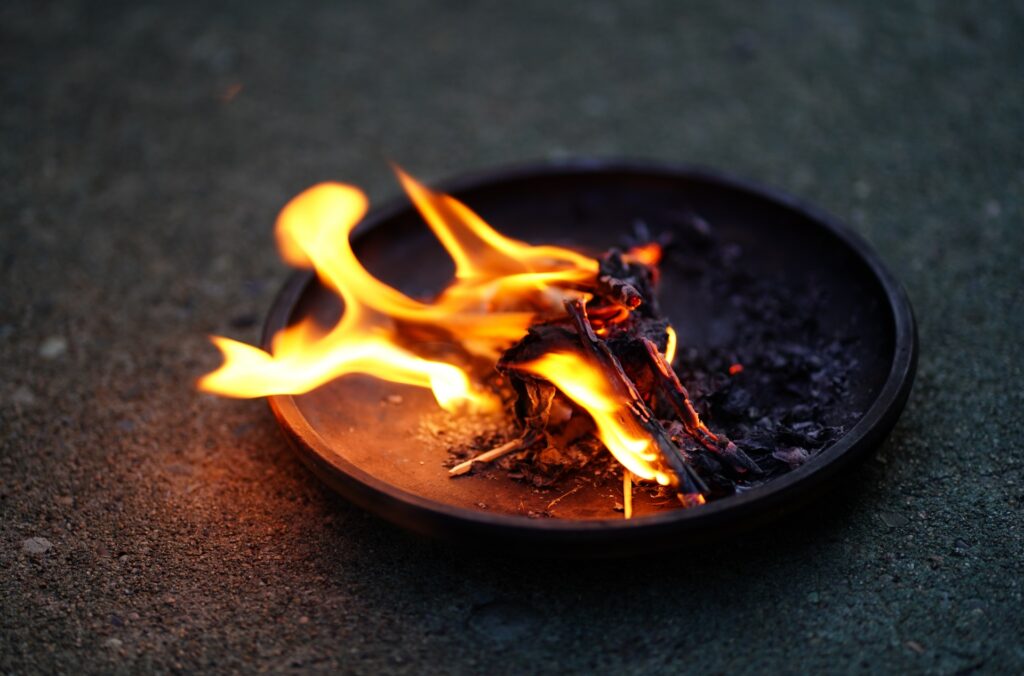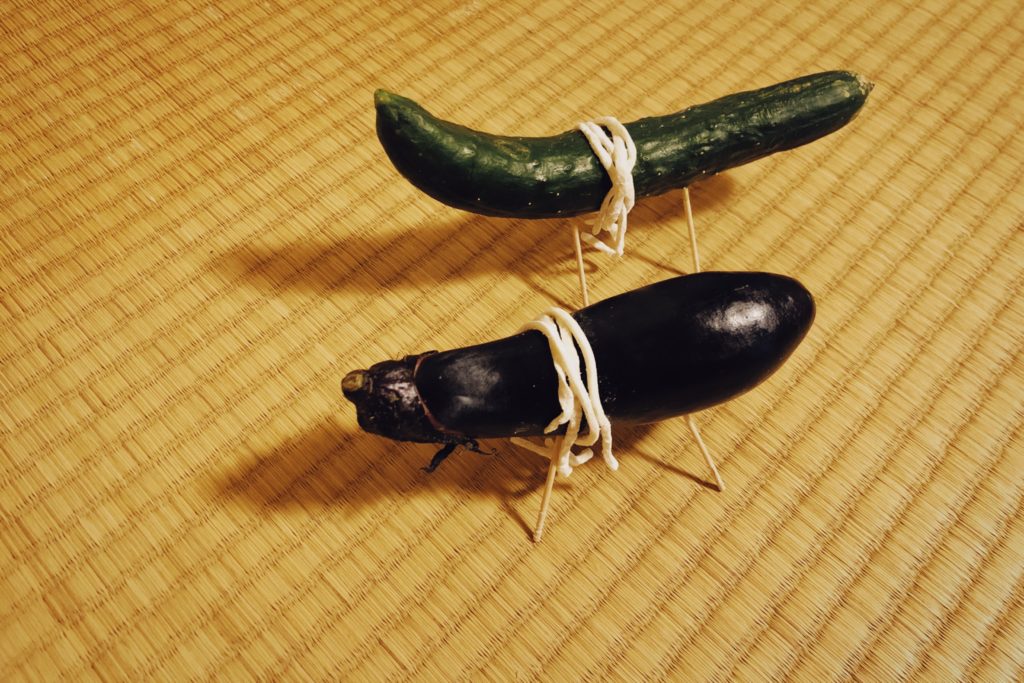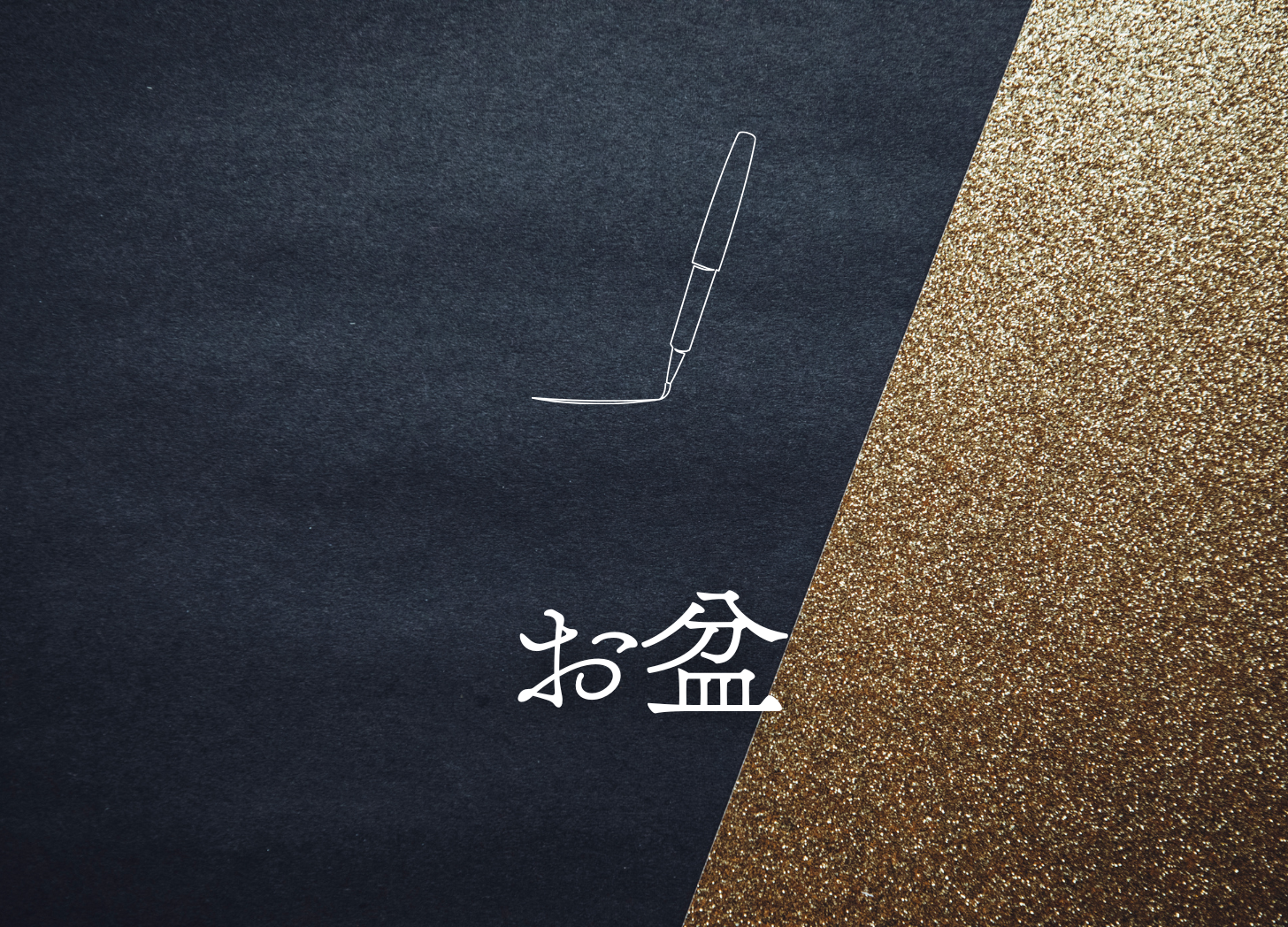As summer rolls in with its unmistakable heat and chorus of cicadas (the cicadas were a little late this year, but they’ve finally arrived), you may start to hear more and more about お盆(おぼん / Obon)—one of Japan’s most important seasonal traditions.
Whether you’re currently in Japan or studying from afar, understanding Obon offers not just a cultural insight but a meaningful opportunity to deepen your connection with the language and its nuances.
🏮 What is Obon?
Obon is a Buddhist custom observed in mid-August (around the 13th–16th, though this varies slightly by region), where families honour and welcome the spirits of their ancestors back home from the world of the dead—known in Japanese as あの世 (あのよ), or “the other world.”
Many people return to their 故郷 (ふるさと / hometown), gathering with relatives to tend to graves, share meals, and reflect on those who have passed. It’s both a solemn and joyful time—a cultural moment that blends remembrance with celebration.
🔥 Mukae-bi and Okuri-bi—Lighting the Path Between Worlds
One of the most symbolic traditions of Obon involves fire—not for cooking, but for guiding spirits:
- 迎え火 (むかえび / mukae-bi) – Welcome fire, lit on the evening of August 13th. Families light small fires (often at the entrance of their homes) to guide spirits back safely from the other world.
- 送り火 (おくりび / okuri-bi) – Sending-off fire, lit on the evening of August 16th, to bid farewell and guide the spirits back to the other side.
These small fires may be literal (using straw or bundles of pine), or more symbolic depending on the region and family tradition. In Kyoto, the famous 五山送り火 (ござんおくりび, literally “five mountains send-off fire”) lights up giant kanji characters on the mountains surrounding the city—a breathtaking sight and a powerful send-off.

🥒 🍆 Why Cucumber Horses and Aubergine Cows?
You might see curious displays of きゅうり (cucumber) and なす (aubergine) stuck with wooden chopsticks (or toothpicks) during this time.
These represent:
- 🐴 きゅうりの馬 (うま) – A cucumber shaped into a horse, for the spirits to return home quickly.
- 🐮 なすの牛 (うし) – An aubergine shaped into a cow, for the spirits to leave slowly, savouring their time with loved ones.

🗣 Useful Phrases for Talking About Obon
Here are some phrases you can try out in conversation or journaling this week:
「今年のお盆は実家に帰ります。」 I’ll return to my family home for Obon this year.
「お盆の時期にはお墓参りをします。」 We visit the graves during Obon.
「迎え火を焚いて、ご先祖さまを迎えます。」 We light a welcome fire to receive our ancestors.
「送り火でご先祖さまを見送ります。」 We send our ancestors off with a farewell fire.
「精霊馬(しょうりょううま)って知っていますか?」 Do you know about “Shouryou-uma” (spirit horses)?
Even if you don’t practise the tradition yourself, understanding these customs helps you connect more deeply with native speakers and the heart of Japanese culture!
🏮 Tip for Learners: Reflect in Japanese
Try journaling this week—here’s a writing prompt to get you started:
「あなたの国には、お盆のように先祖を敬う行事がありますか?」(Does your country have a tradition like Obon, where you honour your ancestors?)
Writing your thoughts in Japanese—even a few lines—helps you internalise not only grammar and vocabulary, but also cultural context.
Whether you’re dancing at a 盆踊り (ぼんおどり, traditional Japanese dance performed during Obon), lighting a symbolic fire, or just learning about it from afar, Obon reminds us of the deep connections between language, culture, and identity. Keep exploring, and your fluency will follow!




コメント